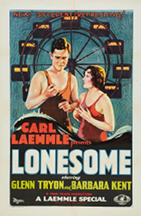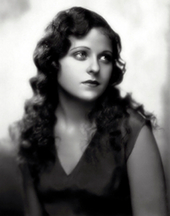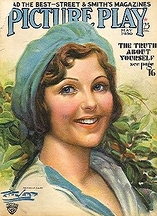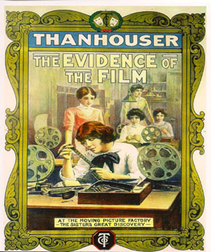Some folks visit flea markets, antique malls, and vintage stores with the primary goal of revisiting their youth; others seek to explore those years that preceded them, the decades they missed by being born too late.
We’re in the latter camp. The Sixties and Seventies hold little archeological interest for us. We were there (kids that we were). But take us further back, to the Fifties, yes, but preferably even further—the Forties, Thirties, and Twenties—and we’re in our element. And one of our favorite things to come across, as we sort through the flotsam and jetsam of decades gone by, are those esoteric items we never even knew existed.
Like this comb, for example, which we stumbled upon at the Garage, a weekend flea market on Manhattan’s west side. What caught our eye was the top of the comb, the tiers that give it a kind of Art Deco effect.

At first glance, we thought those tiers were merely decorative, but as the vendor who was offering the comb (and who was kind enough to allow us to shoot our blurry snapshot without making a purchase) pointed out, they’re actually functional. The dark areas aren’t painted, as we thought—they hold bobby pins.
How cool is that?
Well, not that cool, of course—it’s not as though it’s a product that changed anyone’s life. But given that we’d never seen a comb like it (have you? Tell the truth) and the fact that it was a promotional item for a business (we’re suckers for vintage promotional giveaways), we got a kick out of it, and so thought we’d share it with you, gentle readers.




